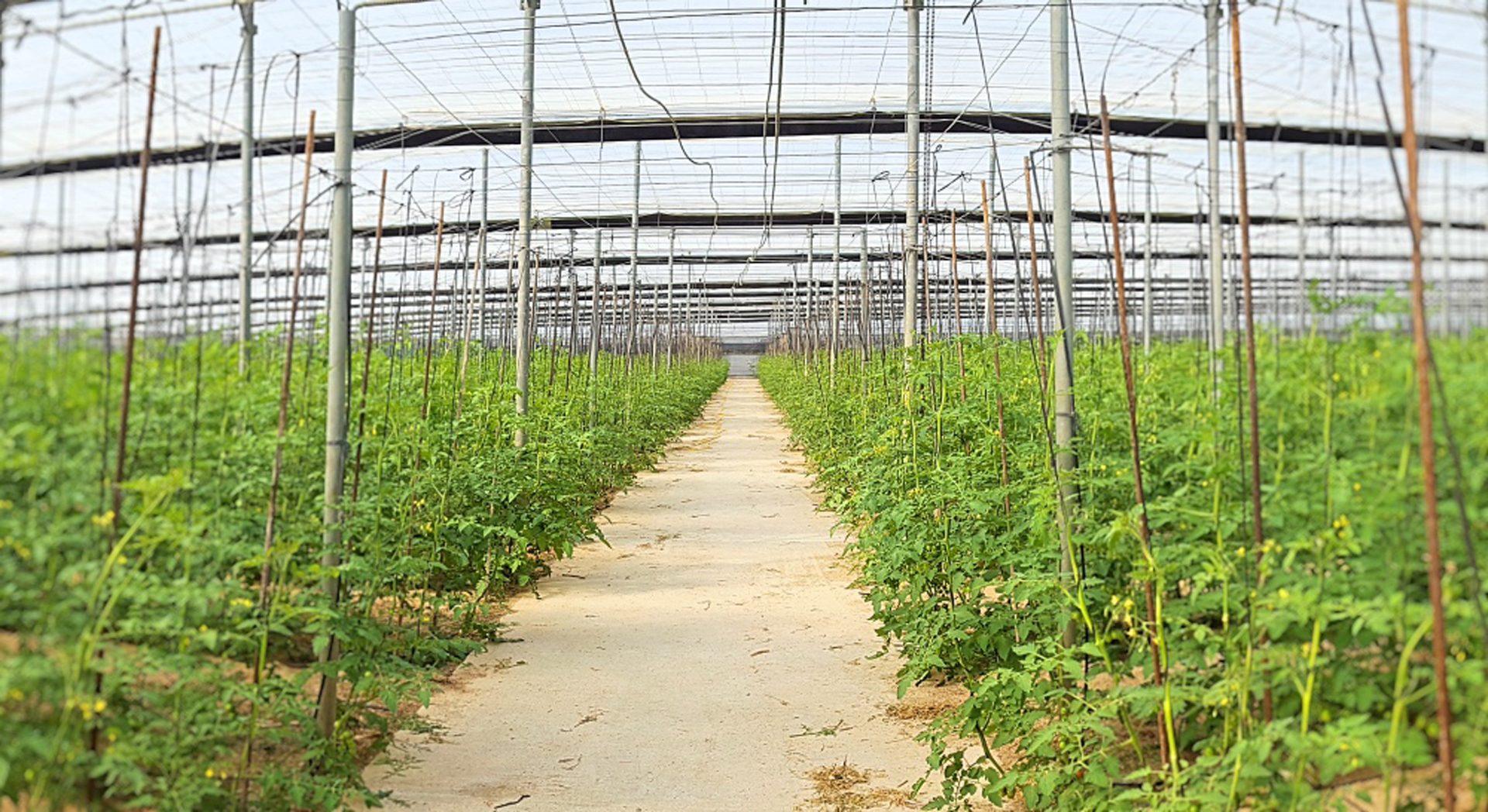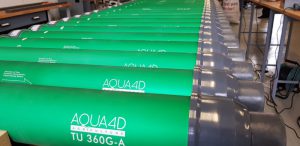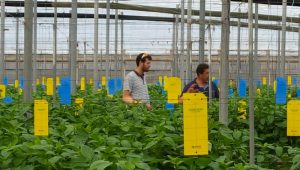Stunning Water Savings in South of Spain – Results
A big part of Aqua4D’s work is its team of experts who constantly visit client sites and consult on optimizing irrigation to get the most out of the company’s patented technology. Back in October 2018, Aqua4D Field Engineer, Hugo Gaignebet, wrote a progress report for this blog. He was always expecting good results, but what happened next here surpassed all expectations.
Clisol is a large-scale greenhouse project in Almería, Spain, which featured in a BBC documenatry about agricultural innovation. As part of a drive towards greater efficiency, they decided to install the Aqua4D system. The early signs showed the system having a positive impact, and on an October 2018 visit the Aqua4D team advised frequent moisture measurement to maximize results, and eagerly awaited the follow-up visit in early 2019.
Pic: Hugo surveys the crops in Almería
Fast forward half a year, and these results have exceeded their wildest expectations.
After the advice they were given, each day for 120 days the grower, Fernando Díaz, noted the tensiometer readings – measurements which indicate how much moisture remains in the ground after the last irrigation. In this case, tensiometers were measuring two adjacent plots – one treated by Aqua4D, and another control plot.
From the daily stats it became clear to Díaz that the Aqua4D plot required little irrigation as the soil was already moist. As this graph illustrates, tensiometer readings showed consistently more soil moisture compared to the control, and so irrigation time for the Aqua4D plot was down to zero on many days:
There are two things to note here. Firstly, the Aqua4D by its very nature enables water to penetrate the deep pores of soil, resulting in moister soils for longer. Secondly, the benefits of this are truly maxed out when the grower keeps track of this new-found soil moisture and changes irrigation practices – this is where the water savings truly come into play, as also observed in parallel projects in Holland, California and Brazil.
In this particular case, the soil was 31% more moist, and the grower was then able to make 20% water savings by less frequent crop irrigation. This is a perfect example of technological change and human change working hand-in-hand. As Hugo Gaignebet says: “Monitoring the humidity is essential in understanding the Aqua4D system and adapting irrigation according to the specific soil situation”.
New technologies like Aqua4D provide enormous, game-changing potential, but can be truly maximized when accompanied by subtle practical changes.
As this case shows, the results can then be exponentially positive – saving precious water, time and money.
Spain
Water savings
Salinity Soil






